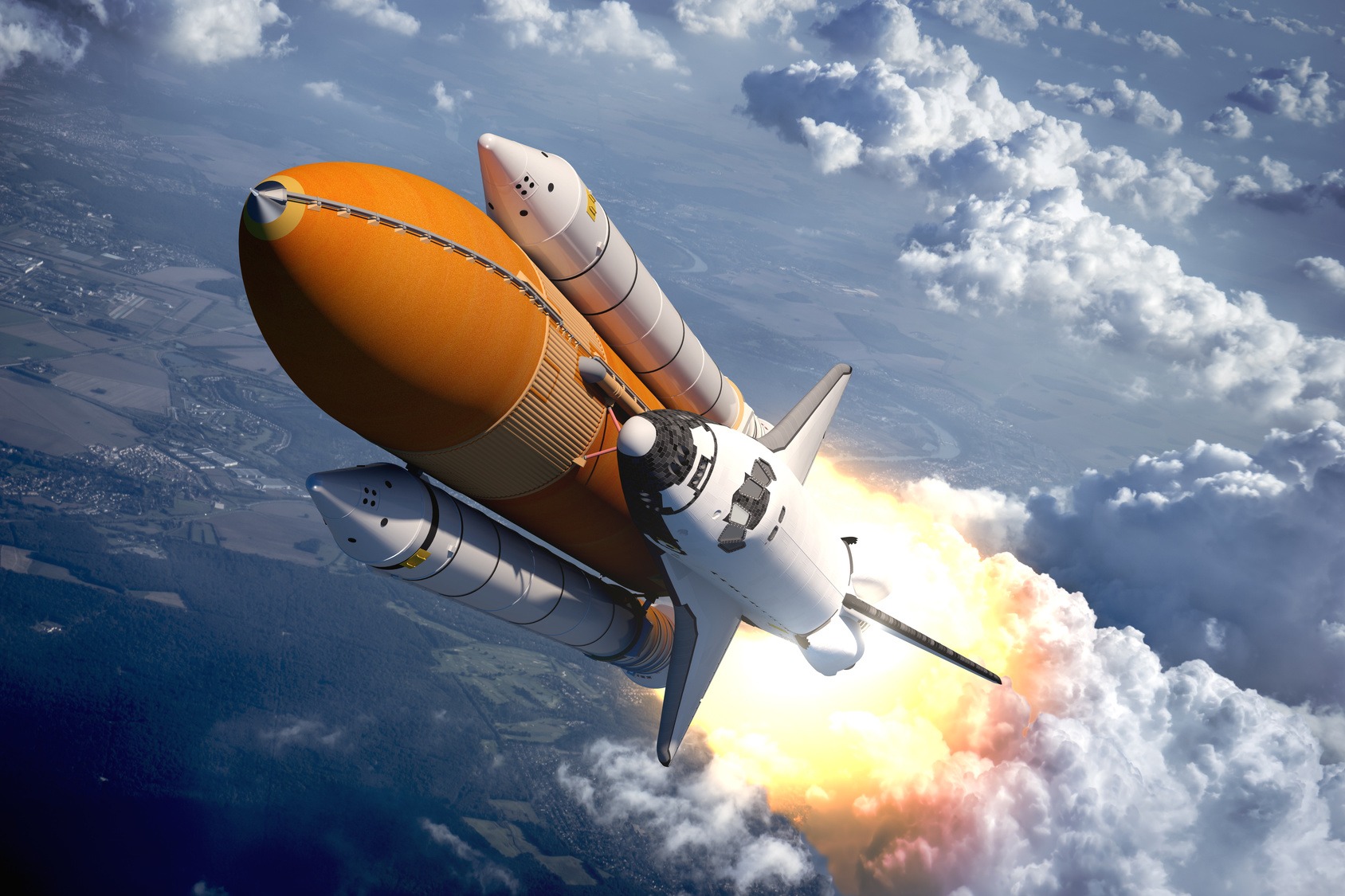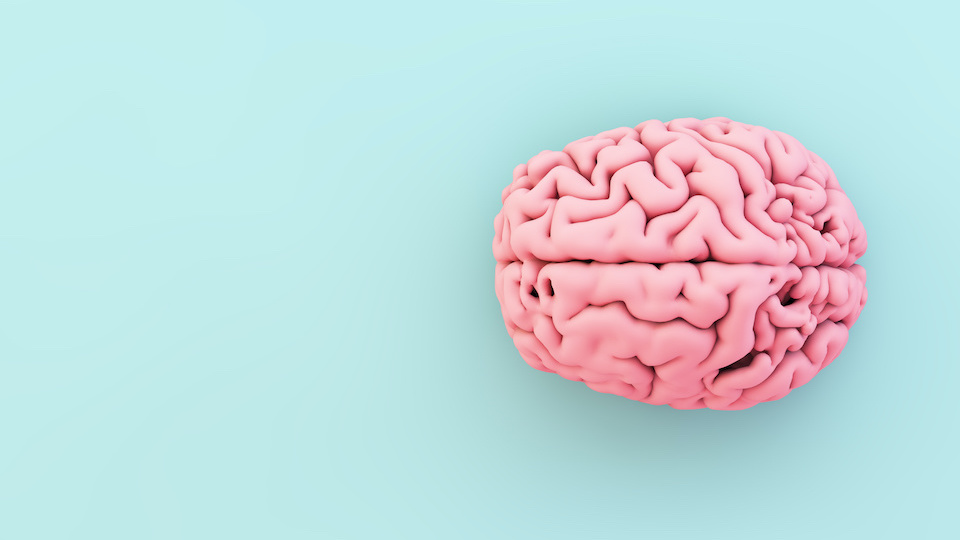Earlier this year, many of us eagerly followed the news coverage of Scott Kelly’s epic return to Earth from the International Space Station. Kelly spent 340 days up in space: longer than any United States astronaut in history.
You may also remember news outlets mentioning Kelly’s height: he grew an entire two inches during his time in space. As NASA’s Jeff Williams explained to CNN, this is not an isolated phenomenon. According to Williams:
“Astronauts get taller in space as the spine elongates, but they return to preflight height after a short time back on Earth.”
It’s pretty remarkable, but true. Humans really do “grow” while they’re in space. NASA just sent a new rocket up, and people are spending longer and longer in space, so we’ll very likely be hearing more reports of returning astronauts’ increased heights in the near future. Funny story — the original NASA space suits had a design flaw: they underestimated the expected height increases and the suits became too short over time as astronauts “grew” taller in space.
How exactly does this happen? Not surprisingly, it has to do with the absence of gravity in space. When humans spend significant amounts of time in anti-gravity conditions, the spine, discs, and joints decompress. Because gravity is a compressive force here on Earth, taking a break from it has an elongating effect. This decompression also causes decreases in bone density, and can induce a temporary osteoporosis in astronauts who stay in space for extended periods. As a result, astronauts must be carefully monitored when they return to Earth, to make sure their bodies adjust properly to the gravitational conditions of our planet.
Traveling through outer space isn’t the only way that human adults can grow taller. In fact, we do it to a lesser degree every night when we sleep. Most people “grow” about half an inch between evening and morning, because laying down to sleep takes the weight of gravity off of the spine, and allows the spine and joints to extend. This is one reason that rest and quality sleep are so important to recovery from back, neck, and joint pain.
I once had the opportunity to chat with a NASA physician. I knew that people became taller in space, and I asked him if space travel would help astronauts with back or disc pain to feel better. At first he laughed, and told me that NASA wouldn’t send anyone with a herniated disk to space: they only send the “finest human specimens.” Astronauts need to be physically and mentally fit in nearly all ways in order to pass the rigorous training required for space travel. So, we really don’t know the answer to my question.
However, my physician friend went on to explain that theoretically, space travel would be an exceptionally good treatment for degenerative disc disease. If an astronaut were to have spinal issues, or any regular person with degenerative disc disease were to spend time in antigravity conditions, their spines, discs, and joints would gently and naturally decompress.
Many people around the world suffer from lower back pain, herniated discs, and other spinal and joint conditions. If they could blast off into space for a while, they may experience significant relief. Of course, this isn’t exactly an option right now, but with the increasing accessibility of space travel for regular people, it someday might be.
Just imagine: the lower back pain clinics of the future against a backdrop of stars, the Earth just a blue sphere in the distance. We can dream…
– Dr. Joshua Levitt









